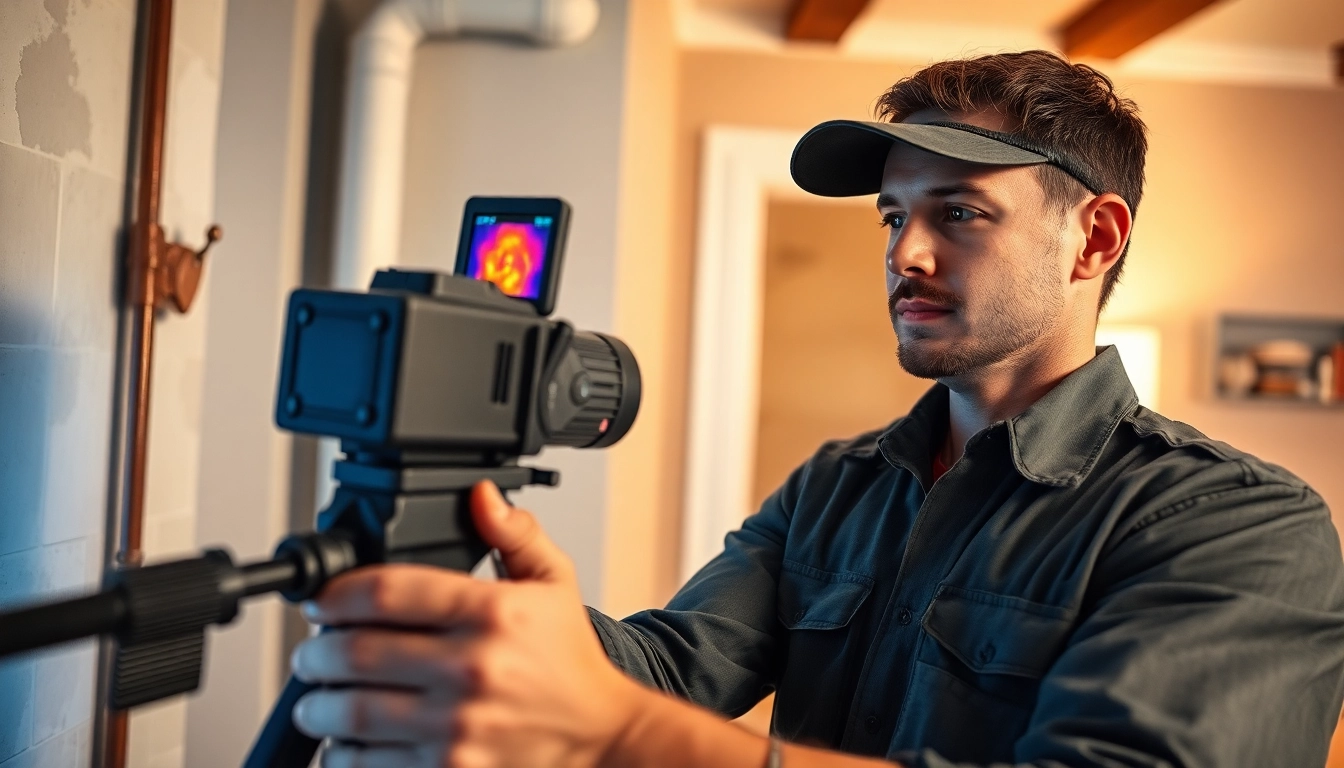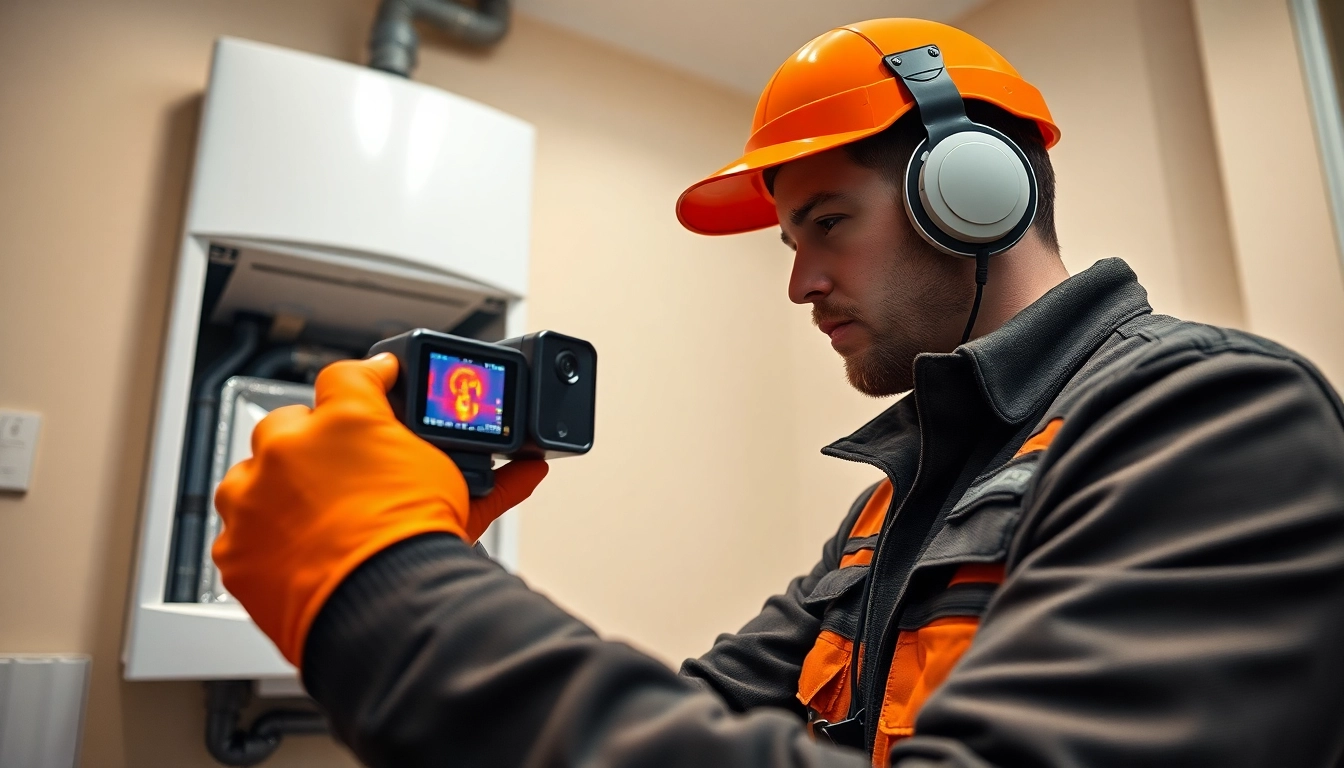Understanding Hidden Leak Detection
Hidden leaks in your home can cause extensive damage and lead to costly repairs if left unaddressed. From rising water bills to structural issues, the consequences of undetected leaks can be far-reaching. In an age where technology plays a crucial role in home maintenance, understanding the concept of hidden leak detection is essential for homeowners. This article will delve into what hidden leak detection is, common causes of hidden leaks, and why early detection is crucial to maintaining a safe and efficient home.
What is Hidden Leak Detection?
Hidden leak detection refers to the techniques used to identify and locate leaks within a building’s plumbing system that are not immediately visible. These leaks may occur in various areas, including pipes concealed behind walls, under floors, or within ceilings. The primary goal is to identify the leak source before it leads to significant damage. Advanced technologies allow professionals to find these hidden leaks with minimal disruption to your living space.
Common Causes of Hidden Leaks
Several factors can contribute to hidden leaks, including:
- Aging Infrastructure: Over time, pipes can corrode or develop cracks due to pressure changes and wear and tear.
- Temperature Changes: Extreme weather conditions can cause pipes to expand and contract, leading to fractures.
- Improper Installation: Poorly installed plumbing can create weak points prone to leaks.
- Roots Intrusion: Invasive tree roots can penetrate underground pipes, causing blockages and breaks.
Why Early Detection is Crucial
Proactive identification of hidden leaks saves homeowners time and money. Early detection prevents water damage that can lead to mold growth, structural damage, and higher utility bills. Additionally, immediate repairs minimize disruptions to daily life and help maintain a comfortable living environment.
Advanced Technologies in Leak Detection
The landscape of leak detection has evolved, incorporating various advanced technologies that enhance accuracy and efficiency. Here are some of the prominent methods used today:
Using Thermal Imaging for Accurate Diagnosis
Thermal imaging employs infrared cameras to detect temperature variations in walls, floors, and ceilings, indicating potential leak locations. This method allows technicians to visualize problem areas without invasive measures, identifying moisture hidden behind surfaces.
Pressure Testing: A Proven Method
Pressure testing involves monitoring the pressure within isolated sections of the plumbing system. If a drop in pressure occurs, it indicates a leak. This method is particularly effective for locating leaks in underground or inaccessible pipes.
Acoustic Listening Devices Explained
These sophisticated devices amplify sounds created by leaking water or gas. Technicians can hear the distinct sounds of escaping fluids, even through walls or underground, allowing for precise leak localization.
Signs of a Hidden Leak in Your Home
Being aware of the signs indicating a hidden leak can empower homeowners to take action before extensive damage occurs. Here are some crucial indicators:
Identifying Visual Clues: Discoloration and Dampness
Look for signs like water stains on walls and ceilings, or damp areas on floors, which are often indicative of hidden leaks. These visual clues can help pinpoint where to investigate further.
How Utility Bills Indicate a Problem
An unexpected spike in water bills can signal a hidden leak. Monitoring water usage regularly allows homeowners to identify discrepancies that may warrant professional investigation.
Recognizing Unusual Sounds in Plumbing
Listen for unusual sounds in your plumbing system. If you notice hissing, dripping, or running water sounds when all fixtures are turned off, it could be a sign of a leak lurking behind the walls or under the floors.
Best Practices for Leak Prevention
Preventing hidden leaks requires a proactive approach. Implementing best practices can help safeguard your home and plumbing system:
Routine Maintenance of Plumbing Systems
Regular inspections and maintenance of plumbing systems can identify weak points before they become problematic. Schedule professional evaluations every few years to ensure your pipes are in good condition.
Installing Leak Detection Devices
Consider installing smart leak detectors throughout your home. These devices can alert you to changes in moisture levels or unusual water flows, providing an early warning system for potential leaks.
Educating Homeowners on Early Warning Signs
Knowledge is power. Educate yourself and your family about the signs of hidden leaks. Awareness can lead to quicker responses and prevent significant damage.
Choosing a Leak Detection Service
Selecting the right leak detection service is crucial for effective resolution. Here are some factors to consider when making your choice:
What to Look for in a Professional Service
Ensure the leak detection service is certified and experienced. Reviews and recommendations from previous clients can provide insights into their reliability and effectiveness.
Evaluating Techniques and Technologies Used
Inquire about the technologies and methods utilized by the company. A reputable service will employ advanced tools like thermal imaging and acoustic detection to ensure accurate and non-invasive leak identification.
Understanding Costs and Warranty Options
Discuss pricing transparently and ask about any warranties or guarantees on the work performed. A reputable company will offer clear pricing structures and stand behind their services.


